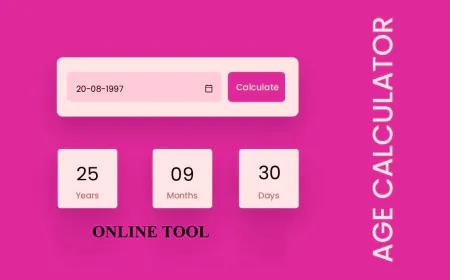From Chalkboards to Robotics Laboratory: The Evolution of Modern Education

From Chalkboards to Robotics Laboratory: The Evolution of Modern Education
The journey of the classroom, from the simple slate and chalkboard to sophisticated robotics and artificial intelligence (AI) laboratories, reflects a profound transformation in educational philosophy and methodology. This evolution is driven by the continuous quest to make learning more engaging, personalized, and relevant to the demands of a rapidly advancing world. The Foundation: Chalkboards and Mass Instruction For centuries, the chalkboard (or blackboard) reigned supreme. Introduced in the 19th century, this simple technology revolutionized education by providing a shared, central visual space for instruction. It moved teaching beyond individual slates and textbooks, enabling a teacher to present information simultaneously to an entire class.
This era, while foundational, was largely characterized by rote memorization and a "one-size-fits-all" model of teacher-centered instruction. The early to mid-20th century saw the introduction of technologies like the overhead projector, filmstrips, and educational television. These tools offered initial steps toward incorporating visual aids and media, gradually shifting the focus from purely auditory lectures to a more multi-sensory experience. The Digital Leap: Personalized Tools and Connectivity The true revolution began with the advent of personal computers in the late 20th century, followed by the internet and digital learning platforms. This digital leap had several key impacts: Personalization: Tools like graphing calculators, and later, educational software, allowed students to work at their own pace and engage in problem-solving with immediate feedback.
Accessibility: The internet and Learning Management Systems (LMS) like Moodle or Canvas broke down classroom walls, making assignments, resources, and instruction accessible anytime and anywhere. * Active Learning: The shift moved from students passively receiving information to actively seeking, processing, and collaborating on it. The Modern Frontier: Robotics, AI, and Hands-on STEM Today, the classroom is moving beyond screens to encompass fully immersive, hands-on learning environments, most notably the Robotics Laboratory and the integration of Artificial Intelligence (AI): * Robotics and STEM Labs: * Applied Learning: Robotics labs provide a real-world application of Science, Technology, Engineering, and Mathematics (STEM) concepts. Students are no longer just reading about physics, coding, and engineering; they are designing, building, and programming functional machines.
* 21st-Century Skills: These labs are crucial for developing critical skills for the modern workforce, including computational thinking, problem-solving, collaboration, and iterative design. The process of building a robot teaches students to persevere through failure and learn from practical experimentation. * Industry 4.0 and 5.0 Readiness: By working with sensors, actuators, and code, students are directly preparing for a future defined by advanced automation, cyber-physical systems, and human-robot collaboration. * Artificial Intelligence (AI) Integration: * Hyper-Personalization: AI-powered tools, such as intelligent chatbots and adaptive learning platforms, can analyze a student's progress, identify knowledge gaps, and tailor the curriculum, feedback, and challenges to their unique learning style and pace. This is a level of individual attention never before possible. * Efficiency: AI automates routine administrative and grading tasks for educators, freeing up their time to focus on strategic teaching, complex guidance, and one-on-one student interaction. * Global Access: AI can break down barriers with real-time translation and accessible formats (speech-to-text, text-to-speech), making education more inclusive. Conclusion: A Human-Centered Future The journey from the chalk-dust of the past to the clean, high-tech environment of a modern robotics lab signifies more than just a change in tools; it represents a fundamental change in educational goals.
While the chalkboard served the needs of industrial-age mass education, the robotics laboratory and AI are designed to cultivate innovators, critical thinkers, and agile problem-solvers for the information age. However, the future is not about replacing the human element. The most effective model is a hybrid approach where technology augments human instruction. Educators remain essential as mentors, facilitators, and guides, using these powerful new tools to unlock each student's potential, ensuring that the next generation is not only technologically proficient but also ethically and creatively capable of shaping a complex world. The physical, collaborative space of the robotics lab—where students gather to build, test, and troubleshoot—serves as a powerful reminder that even in the age of AI, learning remains a fundamentally human endeavor.
Vijay Garg Retired Principal Educational columnist Eminent Educationist street kour Chand MHR Malout Punjab -152107







































